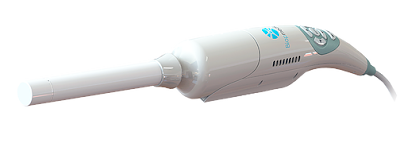The American
Heart Association updates BP guidelines in 14 years: now 130 is the new 140
The American Heart Association (AHA) and The
American College of Cardiology (ACC) has changed the definition of
hypertension for the first time in 14 years, moving the number from the old
standard of 140/90 to the newly revised 130/80.
According to
the new definition, 130 to 139 mm Hg systolic and or 80 to 89 mm Hg will be
labelled as stage 1 hypertension.
WHO updates
its guidance on Tranexamic Acid for the Treatment of Postpartum Hemorrhage
WHO has
recently updated their guidelines for use of Tranexamic acid
for treatment of Postpartum Hemorrhage: TXA should now be included in the
treatment regimen for PPH along with other drugs, irrespective of the cause of
hemorrhage.
In 2012, WHO
recommended Use of TXA for the treatment of PPH if oxytocin and other
uterotonics fail to stop the bleeding or if it is thought that the bleeding may
be partly due to trauma.
ACOG
recommends against vaginal seeding in Cesarean births
ACOG today
issued a policy statement against the practice of vaginal seeding in cesarean
deliveries, in absence of sufficient data on potential benefits associated with
the procedure.
The
new policy statement published in the November issue of
Journal Obstetrics and Gynecology. Earlier Danish Society of Obstetrics and Gynecology has already
issued a similar statement at the national meeting on 19 January 2017.
November 17
is celebrated as World Prematurity Day and theme for this year is ‘let
them thrive.’
According
to WHO An estimated 15 million babies are born preterm every
year – more than 1 in 10 babies around the world and this number is rising.
Preterm birth complications are the leading cause of death for children under 5.
ACOG updates
the practice advisory for influenza vaccination during pregnancy
The American
congress of obstetrics and gynecologists(ACOG) has issued a recent practice advisory for influenza vaccination during
pregnancy.
A recent
case -control study published in September issue of journal Vaccines
linked spontaneous abortion and receipt of influenza vaccine in first trimester
of pregnancy. In this case control study women had nearly twice the odds of
experiencing a miscarriage if they were vaccinated in the preceding 28 days
period. (OR 2.0; 95% CI 1.1–3.6)























